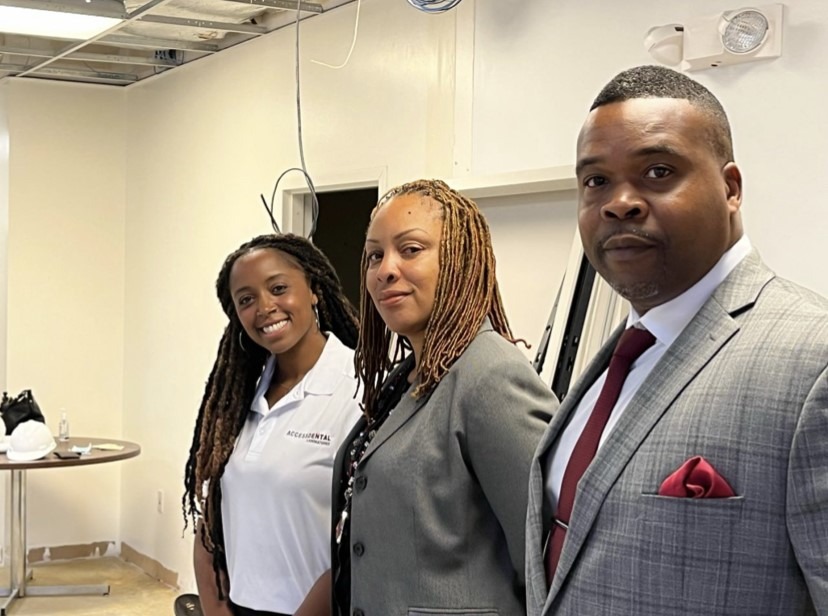
Safeguarding dental laboratories is vital, not only due to valuable equipment, materials and data present within the lab, but also to ensure health and safety protocols are observed. Each lab is unique and depends on its structure, resources and overall safety protocols, but these are the general sweeping guidelines for who should have access to a dental lab:
1. Dental Technicians and Lab Personnel:
These main occupants of the lab must have full access. They should be thoroughly trained in lab procedures, safety guidelines, and emergency plans. Regular reminders about access protocols and behavioral expectations are helpful in maintaining safety.

2. Laboratory Management:
Managers and supervisors are required to oversee operations, ensure safety and quality standards, maintain equipment, and troubleshoot issues.
3. Dental Professionals:
Dentists, dental hygienists, or other dental care providers who coordinate with the lab for patient treatment duties occasionally need limited access to certain lab areas.
4. IT Personnel:
IT consultants or staff may require access to handle software updates, hardware maintenance, and troubleshooting. Access should be clearly defined and monitored.
5. Visitors:
Each lab should have guidelines for visitors which may include clients, salespeople, external consultants, and inspectors. It is generally best to provide supervised visits and ensure they follow safety protocols.

6. Maintenance and Cleaning Crew:
They should be trained in safety guidelines and have scheduled access to prevent disruption to lab operations.
7. Emergency Responders:
In the event of an emergency, responders must be allowed immediate access to relevant areas. Access information should be shared with local emergency services.
8. Students and Interns:
In academic or larger corporate settings where teaching and training programs are held, access to students and interns may be required.
A clear access policy is suggested, addressing issues like key or access card management, after-hours access, visitor protocols, and what actions to take in the event of a security breach. Access should be given on a “need-to” basis – those who need access to perform their tasks should be granted it. This not only minimizes any potential risks, but also ensures maximum productivity and smooth overall functioning of the lab.
It’s essential to have protocols in place for lost keys, reported thefts, or unauthorized access. Regular audits of access users and patterns can also identify any potential misuse of access rights. Individuals leaving the lab, either temporarily or permanently, should be immediately removed from authorized lists, and keys or access cards returned.

A safe and secure dental lab requires commitment from every team member, regular training and auditing, and clear and enforced guidelines. Everyone granted access to the dental lab, regardless of their role in the organization, must be briefed about the safety and security measures and the importance of following them.
In case of technological integration, facilities can use access control systems that admit entry using pin codes, access cards, or biometrics. This not only enhances security but also automatically collects a usage log which can be tremendously useful for both safety and managerial purposes.
Briefly, a considered and robust policy regarding accessibility to a dental lab is integral to its success and the wellbeing of its users. This complex issue depends on a number of factors like the size of the lab, number of staff, type of work being carried out, but ultimately, the overriding priority should be health, safety, and privacy of both the workers and the patients that the lab serves.




Leave a Reply